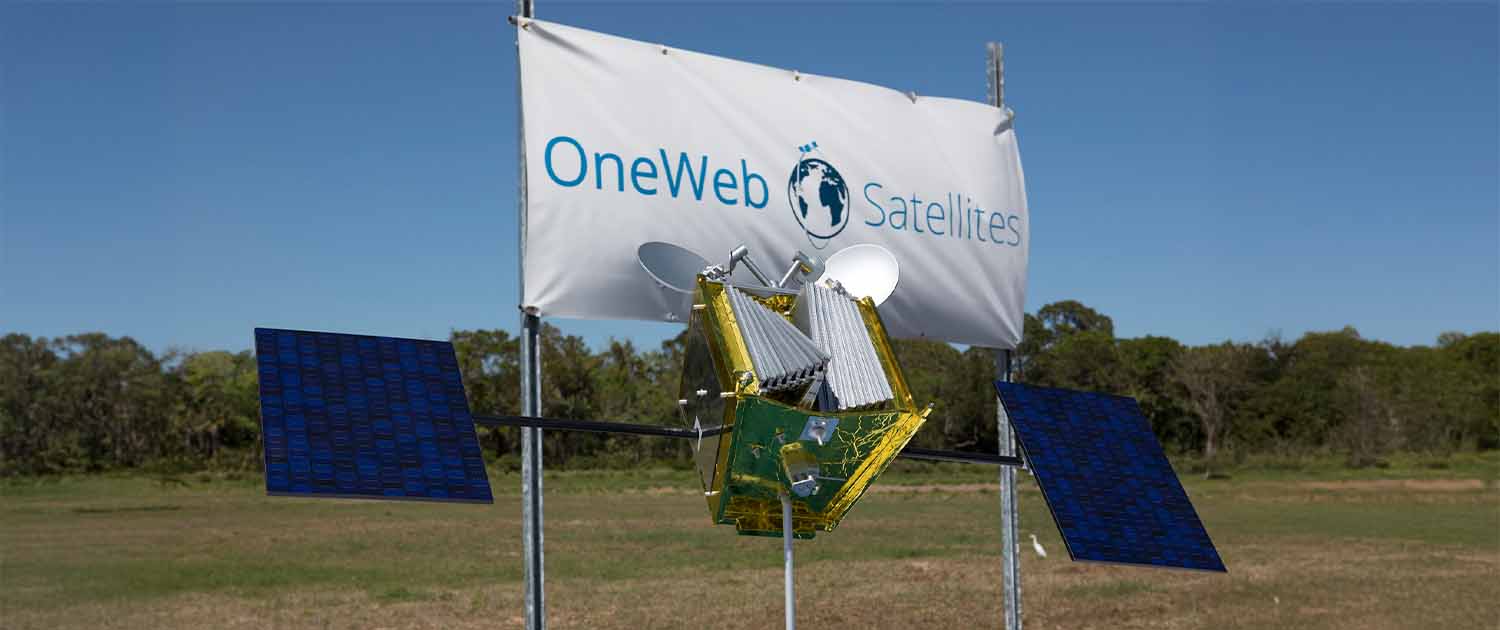- OneWeb’s lack of Inter-Satellite Links (ISLs) impairs its seamless handover performance, leading to handover events between sparsely distributed Satellite Network Portals (SNPs) and resulting in significant latency variations.
- OneWeb generally fulfills the throughput guarantee, delivering high-throughput services, while the exact performance depends on different transport layer protocols and congestion control algorithms.
The advent of low-earth-orbit (LEO) satellite networks, such as SpaceX’s Starlink and Eutelsat’s OneWeb, has been delivering low-latency, high-throughput Internet with global coverage to remote, rural, and underserved regions, connecting some of the world’s most isolated areas.
While OneWeb operates the second-largest commercial LEO satellite network, its real-world network performance remains unexplored, mainly by researchers, due to its targeted enterprise and government markets.
In this study, my colleagues and I, from the University of Victoria and Iowa State University, present a cross-layer analysis of the OneWeb network based on measurements from a OneWeb user terminal (UT) in the Midwestern USA.
We found that the current OneWeb architecture’s lack of Inter-Satellite Links (ISLs) introduces significant challenges to seamless transition between satellite handover events, a direct consequence of switching between sparsely distributed ground-based Satellite Network Portals (SNPs).
Specifically, we identified and characterized three types of handovers that may trigger SNP handover events:
- Inter-orbital plane, inter-satellite handover
- Intra-orbital plane, inter-satellite handover
- Intra-satellite, inter-beam handover
Measuring OneWeb Satellite Handover Behavior
When network packets are transmitted from the UT to a satellite, the satellite selects a landing SNP based on beam coverage. The network packets then travel through terrestrial fiber networks to the associated home Point-of-Presence (“home-PoP”) before reaching the Internet.
Figure 1 illustrates an example of the inter-orbital plane, inter-satellite SNP handover behavior. At approximately 02:36:52, the UT’s connected OneWeb satellite switched from ONEWEB-0227 to ONEWEB-0321. In this example, this reduced the latency (minRTT) from around 100 ms to 50 ms.

Figure 2 shows the relative locations of the UT and other entities at the time of measurements. Before the handover event, ONEWEB-0227 selected the SNP on the West Coast. This means the packets traversed through the terrestrial fiber networks more than halfway across the continental US, introducing an additional 50-60 ms RTT. After the handover event, ONEWEB-0321 selected the SNP on the East Coast.

Zooming out to a longer duration, Figure 3 reveals a 24-hour latency heatmap, highlighting the periodic and predictable pattern of SNP handover events. While the phase of the bimodal latency pattern changes within each hour, as satellite orbital planes shift, this regularity suggests the potential of using machine learning algorithms to predict network performance and optimize transport and application layer performances.

While OneWeb generally fulfills the throughput guarantee (Figure 4), the exact performance depends on different transport layer protocols and congestion control algorithms. It can sustain a User Datagram Protocol (UDP) stream at the target bitrate. In contrast, the performance of Transmission Control Protocol (TCP) varies depending on the specific congestion control algorithms employed.

For more details about this work, see our research paper published in the IEEE/IFIP TMA’25 proceedings. The dataset and tools are also on GitHub, and more related works on LEO network research are available from our lab website.
Jinwei Zhao is a second-year PhD student at the University of Victoria, Canada, who focuses on measuring the performance of LEO networks such as Starlink and OneWeb, and application performance such as adaptive video streaming.
The views expressed by the authors of this blog are their own and do not necessarily reflect the views of the Internet Society.


